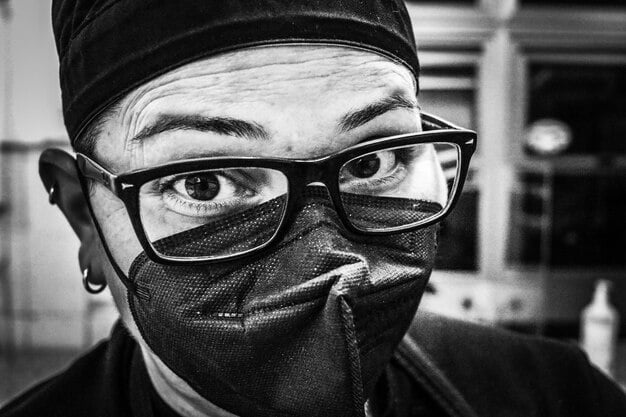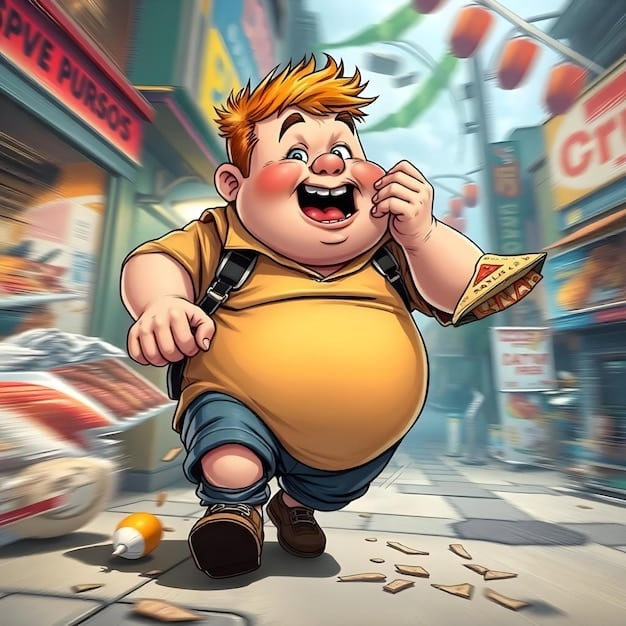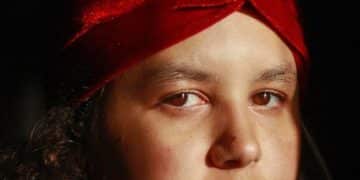Rediscovering Max Fleischer: An Animation Pioneer’s Legacy

Max Fleischer, a pioneering figure in animation history, is celebrated for his innovative techniques and iconic characters like Betty Boop and Popeye, whose contributions significantly shaped the animation industry’s early development.
Have you ever wondered about the unsung heroes of animation? Max Fleischer stands as one such visionary, whose groundbreaking work laid the foundation for many of the animated classics we cherish today. Let’s delve into the remarkable career and lasting impact of this animation pioneer.
Max Fleischer: The Early Years and Innovations
Max Fleischer was born in Kraków, Poland, in 1883, and his family immigrated to the United States when he was a young child. His early life was marked by a keen interest in art and mechanics, which would later converge in his animation endeavors. Fleischer’s initial foray into the world of animation came with his work as an editor and cartoonist.
The Rotoscope and “Out of the Inkwell”
One of Fleischer’s most significant early innovations was the rotoscope, a device he patented in 1915. This invention allowed animators to trace live-action footage frame by frame, resulting in remarkably fluid and realistic animation. This technique was first showcased in his “Out of the Inkwell” series, where a live-action Fleischer would interact with a cartoon character, Koko the Clown.
- Rotoscope technology revolutionized animation by enabling more realistic movement.
- “Out of the Inkwell” combined live-action and animation, creating a unique and captivating experience for audiences.
- Koko the Clown became one of Fleischer’s earliest and most recognizable characters.
The “Out of the Inkwell” series was not only technically innovative but also creatively inventive. Fleischer used the interaction between live-action and animation to explore new comedic and storytelling possibilities. This series set the stage for his future successes and firmly established him as a pioneer in the field.
The Rise of Fleischer Studios
In the 1920s, Max Fleischer, along with his brother Dave, founded Fleischer Studios. Based in New York City, the studio quickly became a hub for innovation and creativity. Fleischer Studios differentiated itself from other animation studios through its more urban and edgy style, appealing to a broader audience.
Betty Boop: A Cultural Icon
One of Fleischer Studios’ most enduring creations was Betty Boop. Introduced in 1930, Betty Boop quickly rose to fame as a symbol of the flapper era. Her playful personality and distinctive appearance made her a beloved character, though she also faced censorship challenges due to her perceived sensuality.
- Betty Boop was one of the first and most famous female characters in animation.
- Her design and personality reflected the changing social norms of the 1930s.
- Despite her popularity, Betty Boop faced censorship challenges, leading to changes in her character over time.
Betty Boop’s cultural impact was immense. She appeared in numerous cartoons and merchandise, becoming a symbol of female empowerment and independence. Her influence can still be seen in animation and popular culture today, cementing her status as a cultural icon.
Popeye the Sailor Man: A New Kind of Hero
In the early 1930s, Fleischer Studios introduced another character that would become a household name: Popeye the Sailor Man. Based on the comic strip character created by E.C. Segar, Popeye was a rough-and-tumble sailor with a heart of gold. His spinach-fueled strength and witty banter quickly made him a fan favorite.
Popeye’s Enduring Appeal
Popeye’s appeal lay in his relatable everyman persona and his ability to overcome adversity with a bit of spinach and a lot of determination. His cartoons often featured him rescuing his sweetheart, Olive Oyl, from the clutches of his nemesis, Bluto. These simple yet engaging stories resonated with audiences of all ages.
- Popeye’s character was based on a popular comic strip, giving him an established fan base from the start.
- His spinach-fueled strength became a signature trait and a running gag in the cartoons.
- The dynamic between Popeye, Olive Oyl, and Bluto provided endless comedic and dramatic possibilities.

Popeye’s cartoons were known for their energetic animation, slapstick humor, and memorable catchphrases. The character’s popularity led to numerous spin-offs, merchandise, and even a live-action film. Popeye remains a beloved and recognizable figure in animation history, showcasing Fleischer’s talent for creating iconic characters.
Technical Innovations at Fleischer Studios
Beyond character creation, Fleischer Studios was also at the forefront of technical innovation in animation. Max Fleischer’s ingenuity and his team’s dedication to pushing boundaries led to several groundbreaking techniques that influenced the industry.
The Stereoptical Process and “Dimensional Animation”
One of the most notable innovations was the Stereoptical Process, developed in the 1930s. This technique, also known as the “Tabletop Process,” allowed animators to create a three-dimensional effect by photographing animated characters against miniature sets. This created a sense of depth and realism that was unprecedented in animation at the time.
- The Stereoptical Process gave Fleischer’s cartoons a unique and visually appealing look.
- It involved complex setups and precise camera work to achieve the desired three-dimensional effect.
- This technique was used in several of Fleischer Studios’ most ambitious projects, including the “Superman” series.
The Stereoptical Process demonstrated Fleischer’s commitment to pushing the boundaries of what was possible in animation. It paved the way for future advancements in 3D animation and special effects, solidifying his reputation as a technical innovator.
The “Superman” Series and Financial Struggles
In the late 1930s, Fleischer Studios embarked on an ambitious project: adapting the “Superman” comic book series into animated shorts. These cartoons were known for their high production values, dramatic storytelling, and innovative use of the Stereoptical Process.
“Superman”: A Landmark in Animation
The “Superman” series was a landmark achievement for Fleischer Studios. The cartoons captured the excitement and adventure of the comic books, bringing the Man of Steel to life in a visually stunning and thrilling way. However, the high cost of production and other financial challenges began to plague the studio.
- The “Superman” series was one of the most expensive and ambitious animated projects of its time.
- It showcased Fleischer Studios’ technical prowess and artistic vision.
- Despite critical acclaim, the series faced financial setbacks that ultimately contributed to the studio’s downfall.
The financial difficulties faced by Fleischer Studios ultimately led to its acquisition by Paramount Pictures in 1942. The studio was renamed Famous Studios, and Max and Dave Fleischer lost creative control over their creations. This marked the end of an era for one of animation’s most influential pioneers.
The Legacy of Max Fleischer
Despite the challenges and eventual dissolution of his studio, Max Fleischer’s legacy endures. His contributions to animation—from the rotoscope to iconic characters like Betty Boop and Popeye—continue to influence and inspire animators today.
Enduring Influence on Animation
Fleischer’s innovative spirit and willingness to experiment with new techniques paved the way for future generations of animators. His characters have become cultural icons, and his influence can be seen in countless animated films and television shows.
- Max Fleischer’s rotoscoping technique is still used in animation today, albeit in digital form.
- His characters, Betty Boop and Popeye, remain popular and recognizable around the world.
- Fleischer’s commitment to pushing the boundaries of animation has inspired countless artists and filmmakers.
Max Fleischer’s role in shaping the animation industry cannot be overstated. He was a true pioneer, whose creative vision and technical innovations left an indelible mark on the world of animation.
| Key Point | Brief Description |
|---|---|
| 💡 Rotoscope | Revolutionized animation by tracing live-action for realistic movement. |
| 💃 Betty Boop | Iconic flapper symbol, faced censorship but remains culturally significant. |
| 💪 Popeye | Spinach-powered sailor, relatable everyman overcoming adversity. |
| 🎬 Superman Series | Ambitious adaptation known for high production values and innovative techniques. |
Frequently Asked Questions About Max Fleischer
▼
Max Fleischer’s most significant invention was the rotoscope, patented in 1915. It allowed animators to trace live-action footage, creating more realistic and fluid animation.
▼
Betty Boop was one of Fleischer Studios’ most famous characters, a symbol of the flapper era. Her popularity stemmed from her playful personality and distinctive appearance, reflecting the changing social norms.
▼
Popeye’s appeal came from his relatable everyman persona and his ability to overcome challenges with spinach and determination. His cartoons were known for their humor and energetic animation.
▼
The Stereoptical Process, or “Tabletop Process,” created a three-dimensional effect by photographing animated characters against miniature sets, adding depth and realism to Fleischer’s cartoons.
▼
Fleischer Studios closed due to financial difficulties, including the high costs of the “Superman” series. It was acquired by Paramount Pictures in 1942 and renamed Famous Studios.
Conclusion
Max Fleischer’s legacy as an animation pioneer is undeniable. From his innovative techniques to his iconic characters, his contributions have left an indelible mark on the animation industry, inspiring generations of artists and filmmakers.





